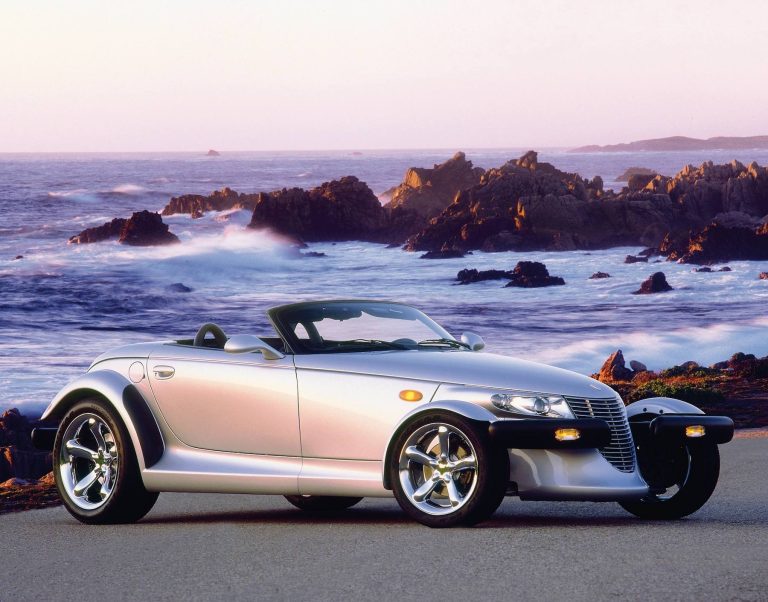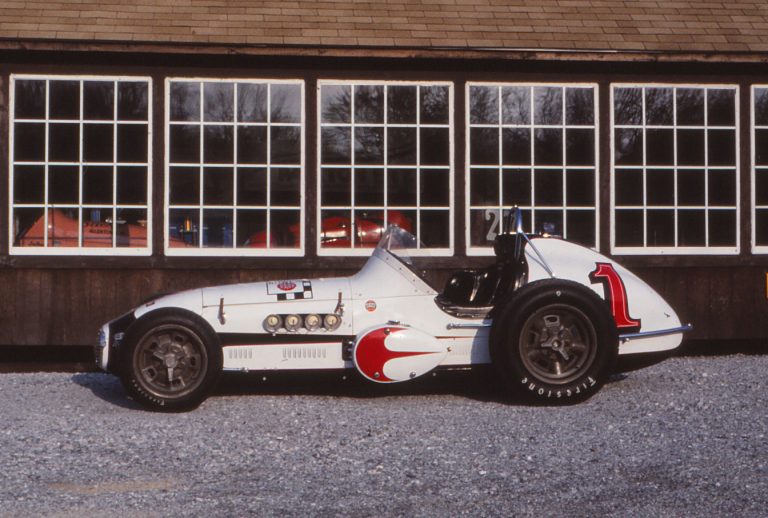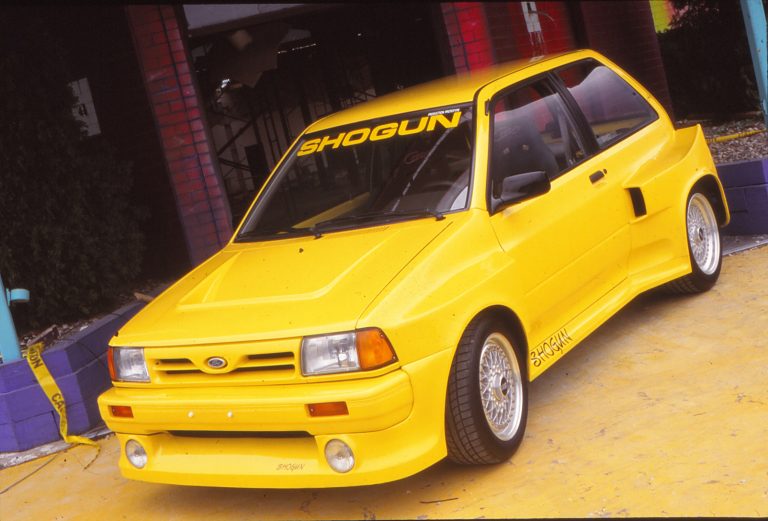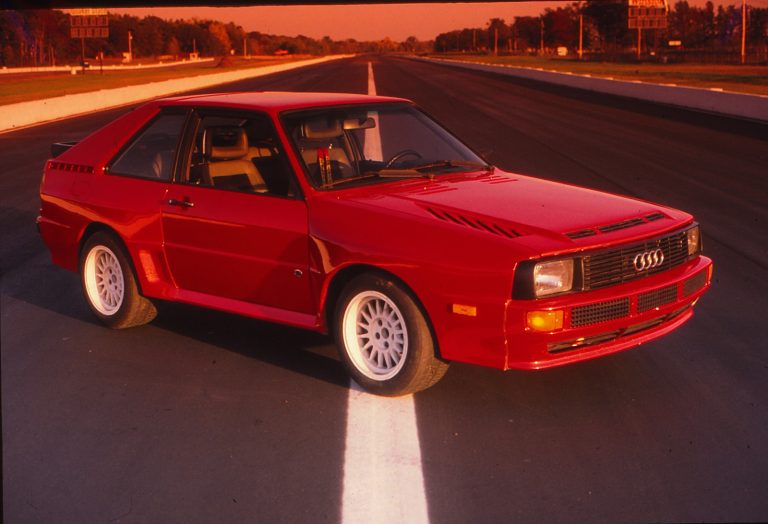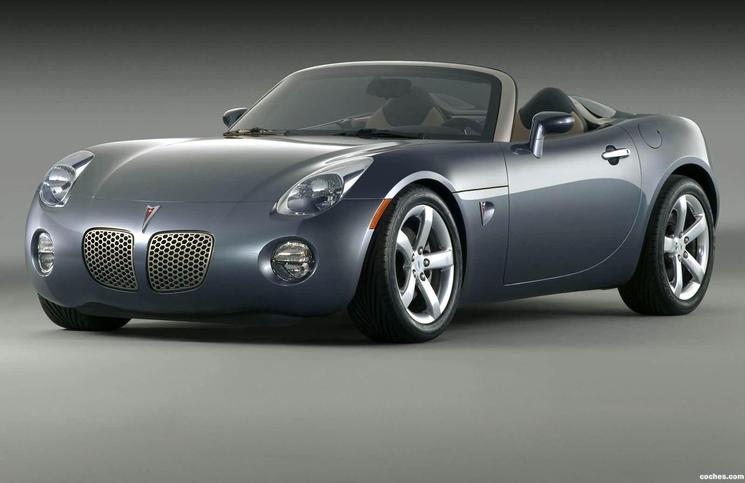Review originally published in Road & Track Car Buyer’s Guide 1997
Once destined to replace the Mustang as a properly down-sized, front-drive import-pretender, the Ford Probe instead became an in-house alternative to the rear-drive ponycar. Where the Mustang is bold, the Probe exhibits finesse. Where the Mustang is raucous, the Probe is harmonious. Where the Mustang is blunt, the Probe is smooth.
A substitute for the Mustang it wasn’t, the pony outselling the Probe by better than two-to-one in 1995. Yet the Probe was no mistake, that year outselling every other sport Coupe but the Chevrolet Camaro.
The Probe goes together in the same Flat Rock, Michigan, factory jointly owned by Mazda and Ford that builds the MX-6, and the two cars share the same platform. Although horsepower and torque of base and optional engines are identical, the chassis are tuned differently, and the exterior design is as different as possible. Considering the shared “hard points,” the differences are amazing.
The Probe’s styling is sleek and well-proportioned, almost Italian in character. Inside seating is 2+2, though the roofline is much more generous with head room than many other of this genre. Getting in and out of the back is also best left to the young. The focus in this sporty car is on the driver.
For 1997 Ford has dropped the SE designation for the base model, calling it simply the Probe, while the GT continues. While there are numerous trim and equipment differences between the two models, the most significant are the powerplants. The base Probe is powered by an inline-4. The dohc 16-valve engine cranks out a respectable 118 bhp and is available with either a standard five-speed manual or optional four-speed automatic. The GT gets a velvety 2.5-liter V-6 with double overhead camshafts and four valves per cylinder Rev it to 5500 rpm for 164 hp. Max torque of 160 lb-ft hits at 4800 rpm.
The GT’s bigger engine calls for more serious suspension, wheels and tires. Probes get McPherson struts up front and Ford’s strut-type Quadralink suspension at the rear, but the GT gets sportier settings and a bigger front anti-roll bar. Instead of the base models 14-inch steel wheels, the GT has 16×7.0 wheels with P225/50R-16 performance tires. The GT package also includes a leather-wrapped steering wheel, power adjustable driver’s seat, fog lamps and four-wheel discs instead of the base Probe’s disc/drum set up.
Anti-lock brakes are a stand-alone option, as are a rear deck spoiler, rear defroster, intermittent windshield wipers and a rear window wiper, though the latter are contained in a “convenience group” that also includes tilt steering and cruise control. A “luxury group” combines power locks, windows and mirrors with remote keyless entry.
The Probe can be fashioned to be an economy car with a sporty twist or a compact Thunderbird stand-in. That no doubt explains why, though it shares the showroom with the evergreen Mustang, it has popularity and a following of its own.
True fact: The Ford Probe was so close to becoming out as a Mustang that Ford was producing rear bumper covers with “MUSTANG” embossed in the plastic.



